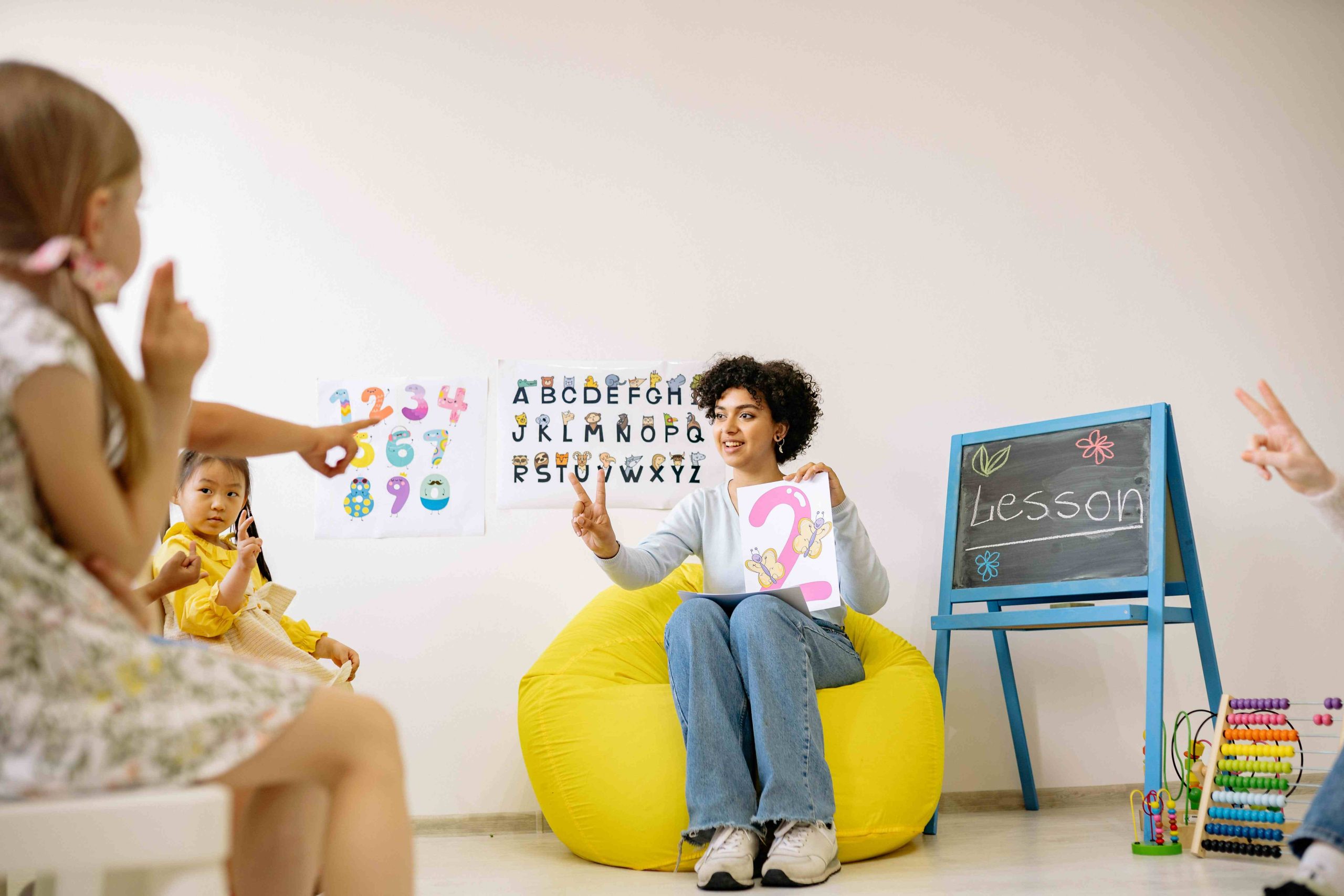
Unlocking the World of Numbers: Teaching Preschool Math Through Number Recognition
Introduction
Mathematics is vital for early childhood education. Discover how teaching preschool math through number recognition can be both enjoyable and beneficial for your child.
The Importance of Teaching Preschool Math
Preschoolers absorb information rapidly, making it an ideal time to introduce math concepts. Early exposure to math fosters problem-solving skills and critical thinking.
Why Number Recognition is Essential
Number recognition lays the groundwork for understanding mathematical concepts like addition, subtraction, and multiplication. It aids in counting, pattern recognition, and comparison.
Tips for Teaching Number Recognition
- Start with Small Numbers: Begin with numbers 1-5 and gradually progress.
- Use Real-Life Examples: Integrate numbers into daily activities.
- Utilize Visual Aids: Flashcards and number charts aid visualization.
- Make it Fun: Engage in games and interactive activities.
- Be Patient: Encourage persistence and celebrate achievements.
Activities for Teaching Number Recognition
- Number Hunt: Hide numbers for an engaging search-and-identify activity.
- Counting Songs: Singing counting songs reinforces number sequences.
- Number Tracing: Practice tracing numbers to enhance recognition.
- Number Matching: Match number cards with corresponding objects.
- Number Puzzles: Solve puzzles to reinforce number order.
Overcoming Challenges
- Lack of Interest: Tailor activities to your child’s interests.
- Short Attention Span: Break learning into manageable sessions.
- Difficulty with Number Recognition: Employ diverse teaching methods.
The Role of Technology
Utilize educational apps, online videos, and interactive games to enhance learning.
Conclusion
Teaching preschool math through number recognition fosters a solid foundation for lifelong math skills. With patience, creativity, and the right resources, you can make math an enjoyable journey for your child.
Additional Resources
Explore books and websites to supplement your child’s math education.
Glossary
Understand key terms related to preschool math education.
References
Discover reputable sources for further reading.
Understanding the Importance of Early Math Education
Early math education shapes crucial cognitive skills and lays the groundwork for future learning.
The Role of Number Recognition in Early Math Education
Number recognition forms the basis for understanding mathematical concepts and problem-solving.
Strategies for Teaching Number Recognition
Explore effective strategies for teaching number recognition to preschoolers.
Building on Number Recognition Skills
Once mastered, number recognition can be expanded to include more complex math concepts.
Tips for Teaching Preschool Math
Follow practical tips to create a supportive and engaging math learning environment.
Conclusion
Teaching preschool math through number recognition is a pivotal step in nurturing your child’s mathematical abilities and fostering a love for learning.


